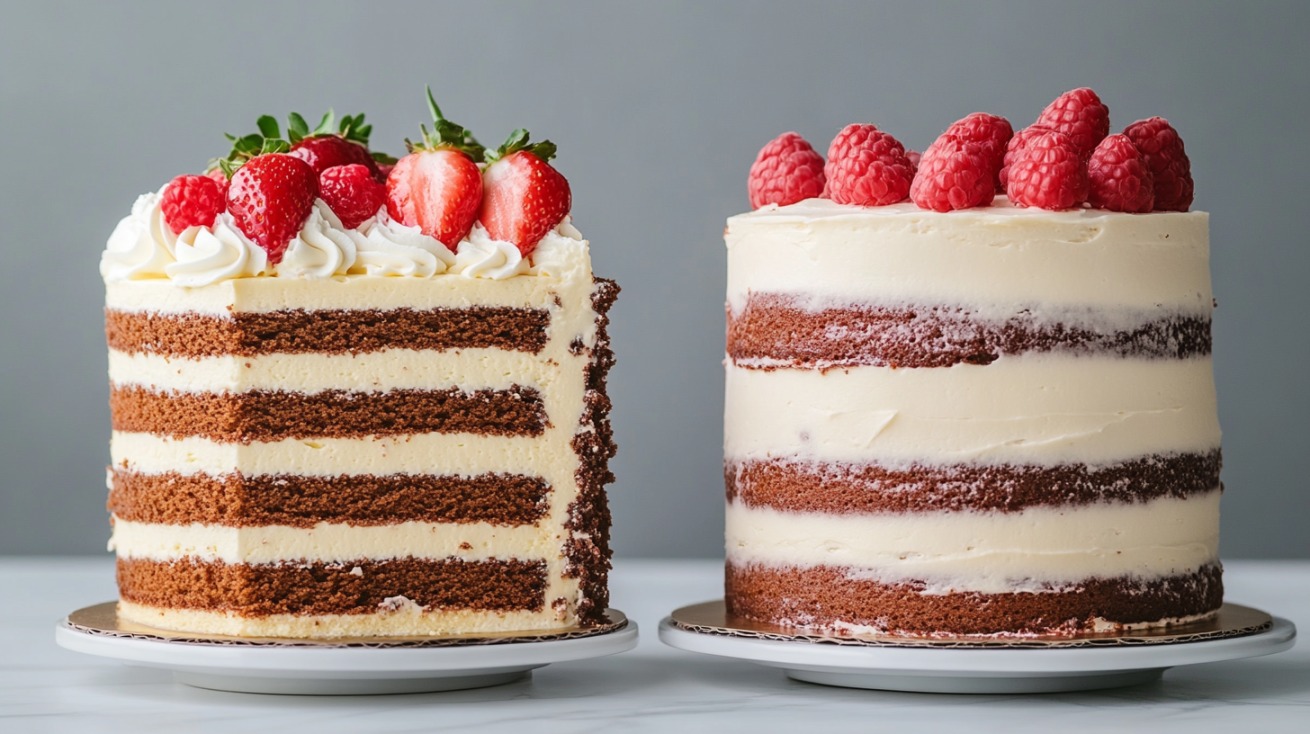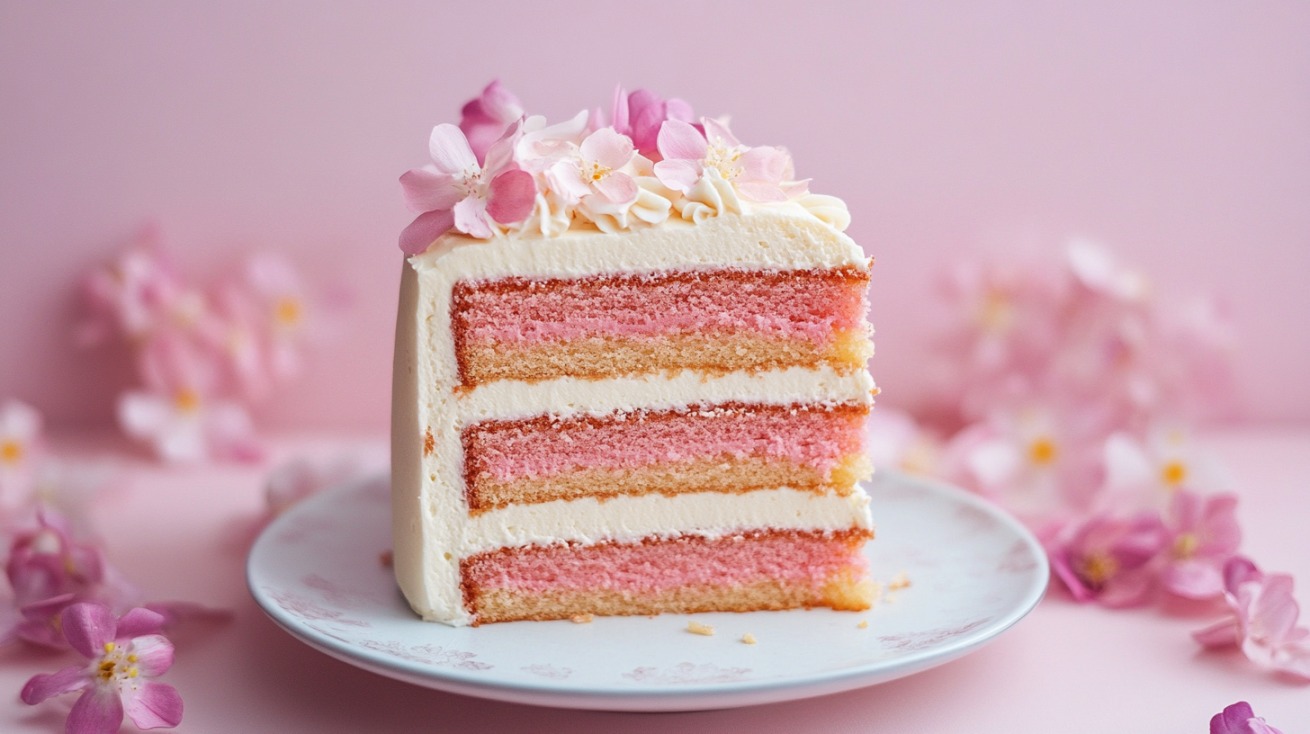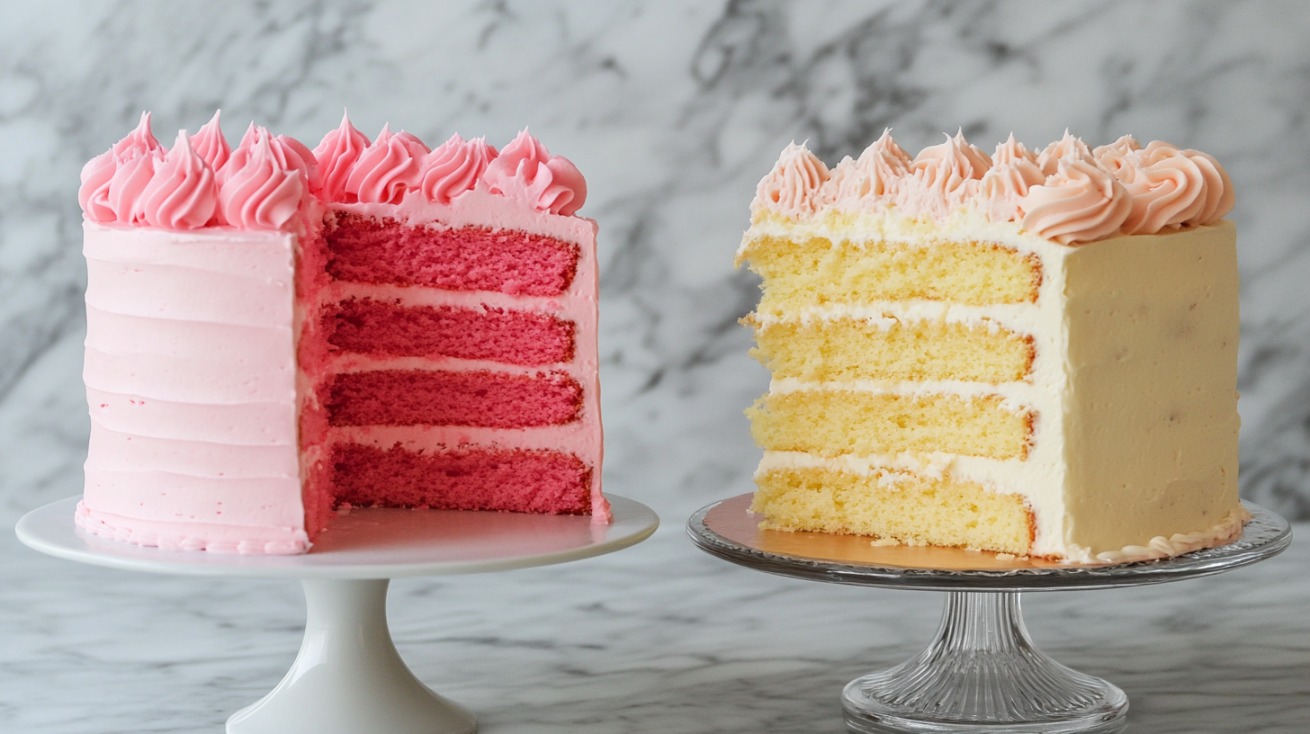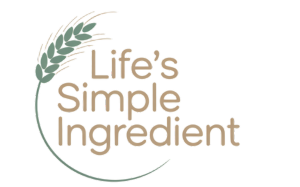Sheet cake offers a practical solution for celebrations of all types, thanks to their easy preparation, simple decoration, and crowd-friendly serving style.
Selecting the correct size can help avoid food waste or guest disappointment.
A closer comparison of ¼ sheet and ½ sheet cakes helps ensure the dessert table meets everyone’s expectations.
Dimensions and Pan Sizes
| Feature | ¼ Sheet Cake | ½ Sheet Cake |
|---|---|---|
| Dimensions | 9 x 13 inches | 12 x 16 to 18 x 13 inches |
| Height | 1 to 2 inches | 1 to 3 inches |
| Recommended Pan | Quarter-sheet pan or 9 x 13 baking pan | Half-sheet pan or jelly roll pan |
| Fits In | Standard home ovens | Larger oven space or commercial baking setup |
| Best For | Casual celebrations, small parties, easy transport | Office events, family gatherings, decorated centerpieces |
When choosing between ¼ sheet and ½ sheet cakes, understanding the dimensions and recommended pans can help set expectations and ensure proper preparation.
Each cake size comes with its own set of practical benefits based on surface area, pan compatibility, and serving needs.

¼ Sheet Cake Dimensions
A ¼ sheet cake typically measures about 9 x 13 inches, offering a compact profile while still serving a reasonable number of guests.
Heights generally range from 1 to 2 inches, depending on how much batter is used and the specific recipe. For home bakers, a standard quarter-sheet pan or a 9 x 13 baking dish is ideal.
The size fits comfortably in standard ovens, which makes it accessible for most kitchens. Transport is also easier due to the smaller footprint.
Its manageable size allows for fast baking times and simpler decoration, particularly for those who prefer quick setups without sacrificing presentation.
½ Sheet Cake Dimensions
A ½ sheet cake is better suited for medium-sized events due to its expanded surface area. These cakes usually span 12 x 16 to 18 x 13 inches, offering significantly more room for decoration or personalized messages.
Height can range between 1 and 3 inches, depending on how tall or layered the cake is intended to be.
Half-sheet pans or jelly roll pans are the go-to options for achieving consistent results with this size.
More surface area allows room for creativity with toppings, writing, and edible images, which makes it a popular choice when presentation matters.
Serving Sizes & Calculations

Accurate serving size information helps avoid waste or shortage, especially during events with a set number of guests.
Knowing what to expect from each cake size assists in proper planning and budgeting.
Servings Per Cake
A ¼ sheet cake is ideal for smaller gatherings and typically provides between 20 and 24 servings. It suits birthday parties, casual celebrations, or meetings with a limited guest list.
In contrast, a ½ sheet cake produces around 36 to 48 servings, making it appropriate for office events, school functions, or neighborhood potlucks.
Serving quantities depend heavily on the type of event and how each slice is cut. For more formal occasions or when cake is the main dessert, larger pieces are often served. Children’s parties or buffet-style events may require smaller cuts.
- ¼ Sheet Cake (9 x 13 inches)
- Yields approximately 20–24 servings
- Best for 20–25 guests, assuming moderate portions
- Suitable for intimate and casual events
- ½ Sheet Cake (12 x 16 to 18 x 13 inches)
- Yields approximately 36–48 servings
- Works well for 40–50 guests
- Ideal for larger or more formal occasions
How to Calculate Servings

Hosts aiming for precise planning should calculate servings based on pan and slice dimensions.
The method ensures consistency and avoids surprise shortages. Standard slice sizes help maintain structure and presentation, especially when multiple cakes are served.
- Pan Area ÷ Slice Area = Number of Servings
- For example, using an 18 x 13-inch pan and cutting 2 x 3-inch slices results in:
- Pan area = 18 × 13 = 234 square inches
- Slice area = 2 × 3 = 6 square inches
- Total servings = 234 ÷ 6 = 39 servings
Common slice sizes include:
- 2 x 2 inches – Smaller portions, better for light desserts or kids
- 2 x 3 inches – Standard for most adult gatherings
These measurements allow bakers and hosts to decide how much cake will be enough without going overboard or falling short.
Batter Requirements
Batter volume plays a direct role in cake thickness and overall structure.
The amount used depends not just on pan size but also on the desired height of the final cake layer.
- ¼ Sheet Cake (9 x 13 inches)
- Requires 3–4 cups of batter
- Suitable for standard 1 to 2-inch height
- Works well with most single-layer recipes
- ½ Sheet Cake (12 x 16 to 18 x 13 inches)
- Requires 7–8 cups of batter
- Can support heights between 1 to 3 inches
- Ideal for layered or frosted designs that demand structure
Thicker cakes or recipes using denser batters (like butter-based or pound cake recipes) may require slight volume increases.
Similarly, if multiple layers are planned, batter quantities need to be multiplied accordingly to maintain an even texture and appearance.
Choosing Between ¼ vs ½ Sheet Cake

- Event size
- Budget
- Serving expectations
- Presentation goals
When to Choose a ¼ Sheet Cake
A ¼ sheet cake fits seamlessly into intimate events. Baby showers with a few guests, birthday parties limited to family members, or cozy dinners with friends often don’t require a large dessert.
Portability adds to its value—carrying a ¼ sheet cake is simple, and storage in a regular home fridge is usually not an issue. Cleanup and serving are quicker, making the host’s job less hectic.
Cost-conscious hosts also find ¼ sheet cakes a practical solution. It keeps portions under control and leaves little room for waste, which is ideal for those who prefer no leftovers.
The presentation remains stylish without the extra volume of a larger cake.
- Baby showers or gender reveal parties
- Small birthday celebrations
- Intimate family dinners or get-togethers
- Budget-friendly events with limited guest lists
- Scenarios where space and transportation are limited
When to Choose a ½ Sheet Cake
A ½ sheet cake works best when catering to a larger group. Office events, school functions, or milestone celebrations like anniversaries and graduations demand a cake that serves more people without requiring multiple batches.
Presentation becomes a creative opportunity here, with more space available for messages, edible decorations, or themed artwork.
Dessert taking center stage at a gathering is common in events like weddings, retirement parties, or company banquets. In such cases, a ½ sheet cake gives room for second servings and satisfies sweet tooths without fail.
- Office events or corporate luncheons
- Graduation parties or milestone birthdays
- Family reunions or extended holiday gatherings
- Weddings with dessert tables as a focal point
- Parties where more generous portions are expected
Factoring in guest count, formality, and presentation preferences helps align cake size with event needs.
Matching the cake to the mood and purpose of the occasion keeps things organized and ensures dessert meets expectations without excess or shortage.
The Bottom Line
Key differences include size, servings, and occasion suitability. A ¼ sheet cake is compact, easy to manage, and perfect for smaller events.
A ½ sheet cake offers a higher yield and more decorating space, making it suitable for larger crowds.
Choosing the appropriate size saves time, ensures guests are satisfied, and helps hosts create memorable moments with less stress.

